Last month, a panel of pharma and sales enablement leaders met to discuss the tools and methods available for upskilling pharma reps and empowering HCPs with accessible, educational content.
Though several topics were covered, a prevailing theme quickly surfaced. Out of 1,000 pharma professionals polled during the live event, 31.2% cited improved customer experience as a top priority for their go-to-market strategy this year, beating out data management, channel presence, field coaching, and content management.
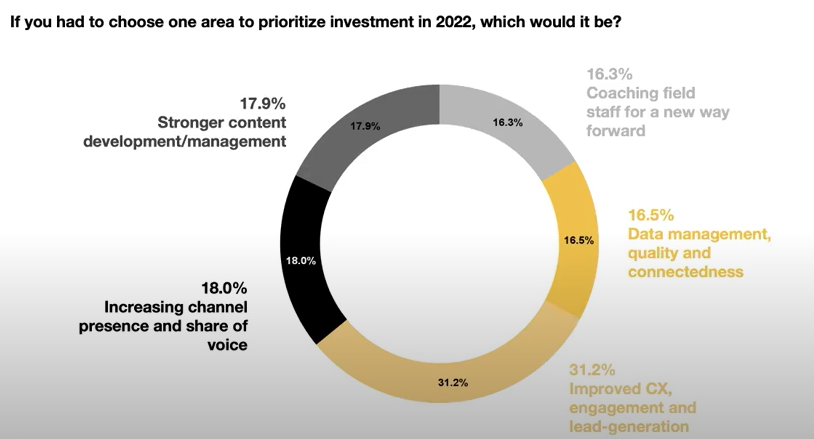
Paul Simms, Chief Executive at Impatient Health and panel moderator, noted that professionals in the pharma industry “are losing the sense of confidence they've had in their go to market approach,” and that many companies aren’t moving fast enough to develop an omnichannel/hybrid approach that will improve customer experience for HCPs.
Bigtincan’s VP of Life Sciences Mads Bjarni-Kornbech, who brings more than ten years of pharma industry experience to the table, also joined the panel. He pointed out that for the past few years there’s been a lot of focus on providing content, exploring new channels, and building out the pharma technology ecosystem.

“There's been a lot of investments into the whole Veeva ecosystem and providing the foundation for having full control and having all the approved materials and content available when it's needed,” said Bjarni-Kornbech. “But how do you ensure that all those amazing materials are delivered in the way they’re intended so that you're on brand and can provide value to the end customer?”
To answer that question, he presented the following three pharma sales enablement use cases.
Pharma sales enablement use case #1 - Enabling customer and rep satisfaction with access to a library of resources
The first use case one comes from Sanofi, but is common among other big pharma companies that are trying to build this infrastructure.
Features and benefits of this use case include:
- Enabling access to increase customer and rep satisfaction
- Access to studies, training, intelligence, best-practices
- AI-driven, individual recommendations
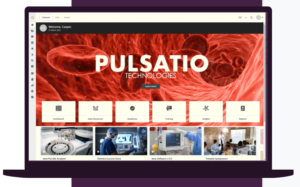
A library of resources helps customer-facing teams quickly prepare in the best possible way by having easy access to all their internal learning materials such as new clinical studies, competitive intelligence, best practices, and new training programs that they should follow.
With this system in place, pharma reps can search for themselves in a very flexible and easy way from one central hub. AI-driven recommendations also push content to them based on their role and who their customers are.
Pharma sales enablement use case #2 - AI-driven training
Features and benefits of this use case include:
- AI recommends learning paths and new trainings for sales rep
- Verbal and visual pitch training with automated, unbiased feedback from machine coaching and vibe detection
- Automated sales scorecards help managers monitor and quickly assess team performance
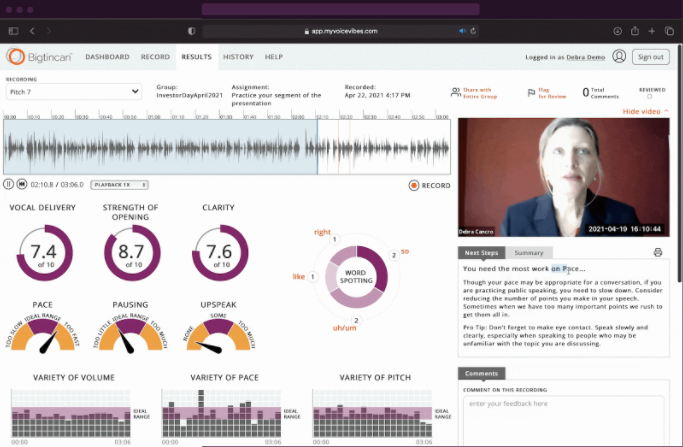
AI-driven sales training is an area Bigtincan has been investing heavily in and is one of the big overarching trends we're seeing in pharma sales enablement.
In this example, a sales rep, Christine, is preparing for a product launch so she gets a recommendation for a new online pitch training program. What you see pictured in the screenshot above is her recording herself while doing a presentation of the content for this new product.
Immediately after she's done, she gets feedback from the AI driven engine based on tons of recordings of how a good presentation should look. She gets input on how she performed in her opening, her vocal delivery, whether she used too many filler words, if she included key messages, and more.
The final step for Christine in this case is to submit the recording to her manager or her head coach and then they can follow up and have a more of a personal conversation about the next steps required for her to be buyer-ready with this new product messaging.
The managerial side of this use case is something called scorecards. Scorecards present this training data in a concise dashboard view to managers to bring them up to speed and give full understanding about how their whole team is performing.
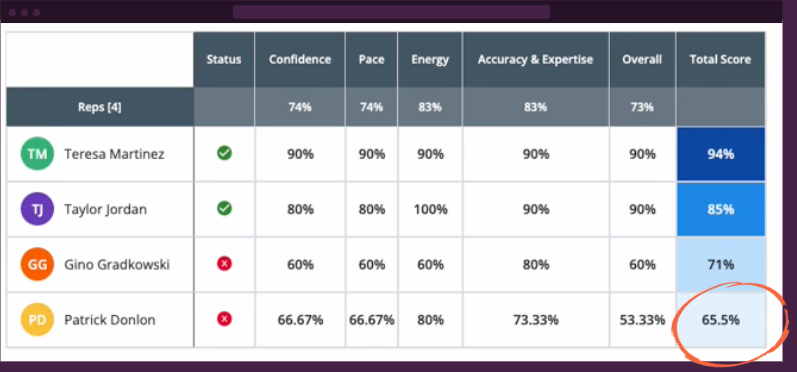
Sales managers see how reps are doing in terms of meeting their sales quota, what their sales cycle times are, what actions they are taking to close the sale, which training courses and peer coaching programs they've been following, and more.
In the example above, you see Patrick is actually underperforming and we're not quite pleased with how he's doing. But it's not because you want to point a finger at or fire Patrick — it's because you want to help him. So where are the performance gaps? Is there something that he just missed out on that helped the others prepare better for meetings, or can we somehow find some resources for Patrick?
This takes the guesswork out of personalized sales training.
Pharma sales enablement use case #3 - Extended reality (XR), the learning experience of the future
Features and benefits of this use case include:
- Risk-free tactile training, testing, and demonstrations
- Virtual showrooms for large or technical equipment that’s difficult to transport
- HCPs can easily preview and study new products
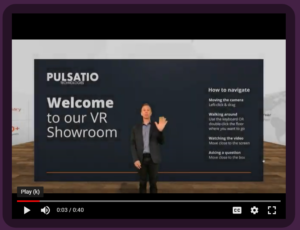
The third use case is an exciting one because this is a new area sales enablement providers and pharma and medtech companies are still exploring. But early adopting customers are already using XR, which includes virtual reality and augmented reality.
XR is a cool way of providing physical experiences and bringing them into this digital environment that we now want to create. Use cases for this technology could be at a conference where you want to have the tactile experience, but it might also be for training purposes where you go into an operating room, preview and test equipment, or you can have reps answer mini quizzes and questions.

But this is only a short snippet of some of the opportunities or possibilities within this type of technology.
Commenting on these examples, panelist Jose Maria Guido Avila, Customer Engagement Lead at Sanofi Genzyme, said, “The usage of artificial intelligence is critical for us to think about the employee experience and how can we personalize training for them so that we make the best out of that time.” He also noted that, “AI does not necessarily replace people, which is a common misbelief. It actually enhances the experiences of the people and this is probably where we have to put our investments moving forward.”
Takeaways
Avila offered an insightful conclusion of the panel discussion saying the pharma industry needs to start focusing on “both customer experience and external employee experience because the equation is clear. Happy employees with unhappy customers is not a good outcome, but unhappy employees and happy customers is not also a good outcome.”
That’s why the title of the roundtable, “Designing the Future,” is a call to action. Pharma companies need to empower both HCPs and pharma sales and medical reps to educate themselves with easy access to content and training tools.
